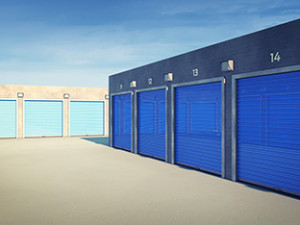Marcus & Millichap Special Report: Self Storage
Self-Storage Delivers Record Performance; Investor Confidence Driving Competition for Assets
September 2021

Self-storage sector outperforming. Although not exempt to the challenges posed by the health crisis, self-storage properties have demonstrated remarkable resilience over the past 18 months. Prior to 2020 the sector was contending with the detrimental impact of record construction activity on rents. The swift adoption of remote learning and working practices, as well as migration to less dense areas, created new needs for storage units. This jump in demand has lowered the national vacancy rate to a multidecade low of 5.5 percent in June and revived rent growth across the country. The average asking rent for a standard 10-foot by 10-foot unit has climbed from a trough of $1.13 per square foot in the second quarter of 2020 to $1.24 in June of this year, a value not seen since mid-2016.
Demand drivers transitioning. While COVID-19 infections are rising again, in most cases businesses and schools are still opening, leveraging vaccinations to keep individuals safe. College students who had stored belongings when campuses closed will soon retrieve them while some home offices may transform back into spare rooms. At the same time, other motivators for self-storage use are improving. Falling unemployment is fostering both household formation and consumer spending, factors that ultimately encourage self-storage use. The main contributor is coming from migration, however, as moving is the second most common reason to rent a storage unit. The recent suburban relocation trend, while accelerated by the health crisis, is being driven by demographics. Millennials are aging and growing their households, which is shifting lifestyle preferences toward larger dwellings most common in the suburbs. As demand shifts from pandemic-related short-term factors to longer, more stable demographic trends, the pace by which operations improve may moderate.









